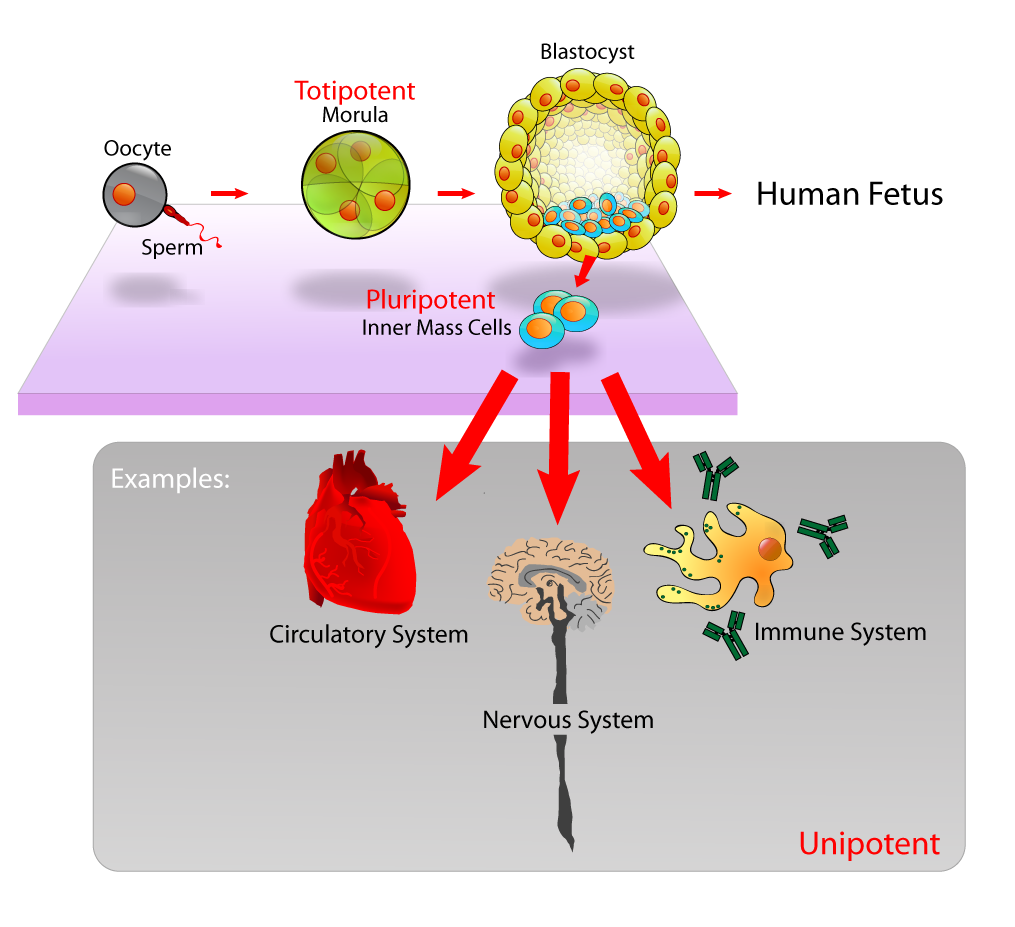Stem cell therapy is being investigated as a possible new treatment for brain injuries. This approach is still under development, but it has the potential to improve how the brain repairs itself and recovers function after an injury.
How It Might Work
Stem cells are valuable for treatment because of two key abilities:
- Differentiation: Stem cells can turn into other specialized cell types, potentially including brain cells. In the case of brain injury, this could mean replacing damaged neurons and glial cells.
- Immunomodulation: Stem cells release substances that can reduce inflammation in the brain. This is important because inflammation can worsen brain injury.
These combined effects – potentially replacing lost cells, reducing inflammation, and promoting the health of existing neurons – contribute to the potential benefit of stem cell therapy for brain injuries.
Current Research
Studies in animals using models of brain injury have shown promising results. For instance, transplanting human neural stem cells has been shown to improve thinking and memory and reduce tissue damage. Clinical trials are ongoing to investigate the safety and effectiveness of stem cell therapy in people with brain injuries.
One such trial, called STEMTRA, used mesenchymal stem cells (MSCs) to treat chronic traumatic brain injury (TBI). Early results suggest that using MSCs may be a promising strategy. Another clinical trial showed that stem cell therapy improved movement and was well-tolerated in TBI patients.
These early findings are encouraging, but more research with larger groups of participants is needed to determine if stem cell therapy should be used routinely in clinical practice.
Furthermore, regarding mesenchymal cells, you can visit our Gentaur website for more information.
Challenges and Future Directions
While there is promise, stem cell therapy for brain injuries faces several challenges:
- Cell Source and Type: Researchers need to determine which type of stem cell works best for different brain injuries.
- Delivery Methods: Safe and effective ways to deliver stem cells to the specific area of the brain that needs treatment are crucial.
- Long-Term Safety: The long-term safety of stem cell therapy in the brain needs to be thoroughly evaluated.
- Ethical Considerations: There are ethical concerns surrounding informed consent and the possibility of tumor formation with certain stem cell types.
Addressing these challenges is essential for making stem cell therapy a viable and widely used treatment option for brain injuries.
Conclusion
Stem cell therapy is a new approach for treating brain injuries. Early research in animals and people suggests it has the potential to promote brain repair and recovery of function. However, more research is needed to optimize cell types, delivery methods, and ensure long-term safety. As research progresses, stem cell therapy has the potential to revolutionize the management of brain injuries and improve patient outcomes
Learn More About How Stem Cells Work and Their Use in Brain Injury in This Video:

![Figure. Application of pluripotent stem cells in cell therapy for stroke-injured brain. (1) Pluripotent stem cells can be derived from blastocyst (embryonic stem cells [ESCs]) or through reprogramming of postmitotic somatic cells, most commonly fibroblasts, generating induced pluripotent stem cells (iPSCs). (2) Both ESCs and iPSCs can be treated in vitro to generate glia and neurons. (3) Transplantation of glial and neuronal cells at early stages of their development into stroke-injured brain can lead to functional recovery through promotion of myelinogenesis and restoration of astrocyte network (glia) or by increasing cellular plasticity and restoring neuronal network (neurons). OPC indicates oligodendrocyte progenitor cell. Figure. Application of pluripotent stem cells in cell therapy for stroke-injured brain. (1) Pluripotent stem cells can be derived from blastocyst (embryonic stem cells [ESCs]) or through reprogramming of postmitotic somatic cells, most commonly fibroblasts, generating induced pluripotent stem cells (iPSCs). (2) Both ESCs and iPSCs can be treated in vitro to generate glia and neurons. (3) Transplantation of glial and neuronal cells at early stages of their development into stroke-injured brain can lead to functional recovery through promotion of myelinogenesis and restoration of astrocyte network (glia) or by increasing cellular plasticity and restoring neuronal network (neurons). OPC indicates oligodendrocyte progenitor cell.](/web/image/42002-4f03e9d4/image.png?access_token=02686557-3e7f-4f3c-acb0-bf9a9c64a546)